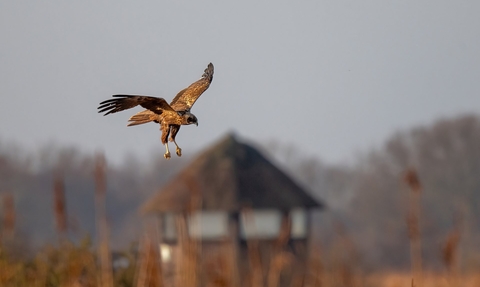
Marsh harrier at Hickling (credit: Jon Kelf)
Blog
Latest blogs
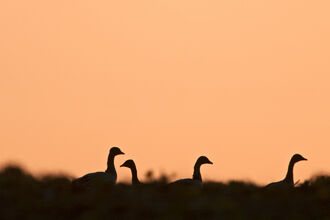
Festive wildlife joy
Our young blogger, Oscar, encourages us to wrap up warm and venture outside this festive season to enjoy our winter wildlife.
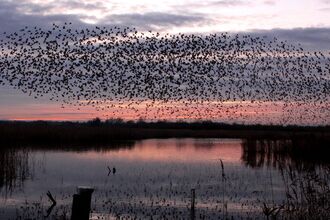
Where to see winter bird roosts in Norfolk
Find out the best spots for seeing spectacular winter bird roosts and murmurations, to marvel in the hundreds of birds flocking together…

Why be wicked to wildlife when nature is so popular?
Policy and Campaigns Manager, Simon Tiller, shares his thoughts on the new Planning and Infrastructure Bill passing its final stages in…
Norfolk’s first youth-led nature reserve
Jade tells us more about being part of our Youth Forum and starting to manage Norfolk’s first youth-led nature reserve, Sloughbottom…
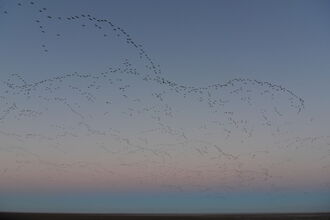
November on our reserves
Our Conservation Officer Robert Morgan shares this season’s top sights, from wild geese over the marshes to Northern Lights in the skies…
October on our reserves
Conservation Officer Robert Morgan keeps us up to date with autumn on our reserves, from battling storms to scattering seeds.
Robert's column
Hear from our reserves officer Robert Morgan as he explores the wildlife and wild places of Norfolk.

Where to see winter bird roosts in Norfolk
Find out the best spots for seeing spectacular winter bird roosts and murmurations, to marvel in the hundreds of birds flocking together…

November on our reserves
Our Conservation Officer Robert Morgan shares this season’s top sights, from wild geese over the marshes to Northern Lights in the skies…
October on our reserves
Conservation Officer Robert Morgan keeps us up to date with autumn on our reserves, from battling storms to scattering seeds.
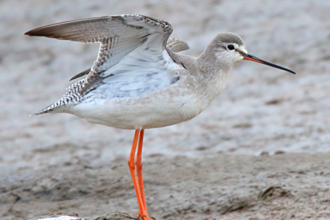
September on our reserves
NWT Conservation Officer Bob Morgan celebrates the start of autumn and the wonderful wildlife it brings – including some less popular…
August on our reserves
Our Conservation Officer Robert Morgan shares Norfolk’s surprising marine life this summer, including rare seabird visitors to our…
July on our reserves
It’s shaping up to be a fantastic summer for invertebrates, with the colourful patterned wings of butterflies and moths fluttering all…
Volunteer spotlight
Our volunteer spotlight series sheds light on some of the fantastic work of our volunteers.
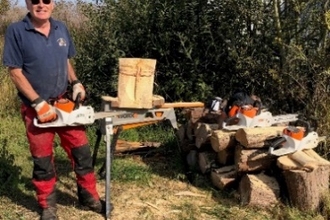
Volunteer spotlight: Andy Usher
Take a peek into the world of our extremely talented volunteer chainsaw carving artist, Andy Usher.
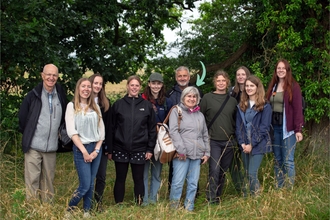
Volunteer Spotlight - Carol McStravick
Say hello to Carol, our PR & Communications team volunteer based in our office at Bewick House.
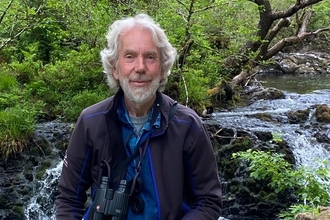
Volunteer spotlight: David North
Meet our volunteer Cley reserve guide, David North.
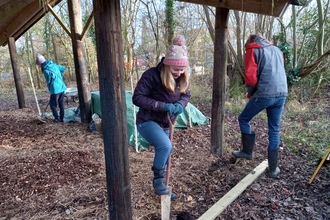
Volunteer spotlight: Poppy Bye
Meet our Wildlife Watch and Wilder Wardens volunteer, Poppy Bye.

Volunteer spotlight: Tim Suiter
As part of our volunteer spotlight series we would like to shed some light on the wonderful work of Tim Suiter, a keen photographer,…
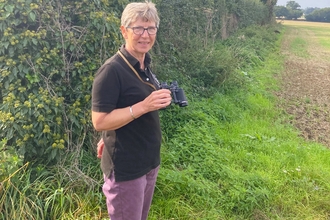
Volunteer Spotlight: Tricia Dolamore
Learn more about our Ranworth shop volunteer, Tricia Dolamore.
Young voices
Experience our wildlife and wild places through the eyes & words of passionate young writers.

Festive wildlife joy
Our young blogger, Oscar, encourages us to wrap up warm and venture outside this festive season to enjoy our winter wildlife.
Norfolk’s first youth-led nature reserve
Jade tells us more about being part of our Youth Forum and starting to manage Norfolk’s first youth-led nature reserve, Sloughbottom…
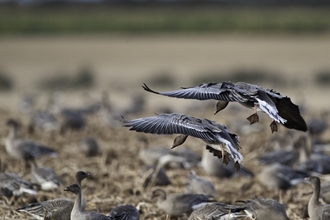
Cley Marshes - a magical place
Our young blogger, Oscar, marvels at the wonder of migration at Cley Marshes.
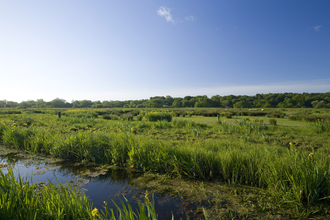
A trip to Thorpe Marshes - getting back to nature
Our Youth Forum member, Joseph Newstead, enjoys a visit to Thorpe Marshes to de-stress.
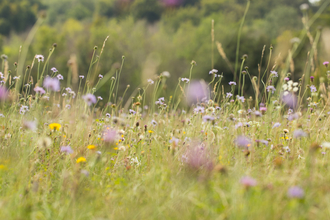
Wild gardening
Our young blogger, Oscar, shares tips for insect-friendly gardening.
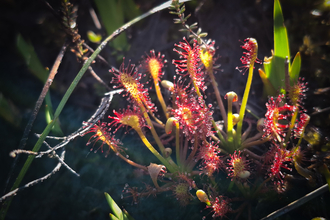
The magic of the sundew
Explore the magical world of sundew with our young blogger, Oscar.
